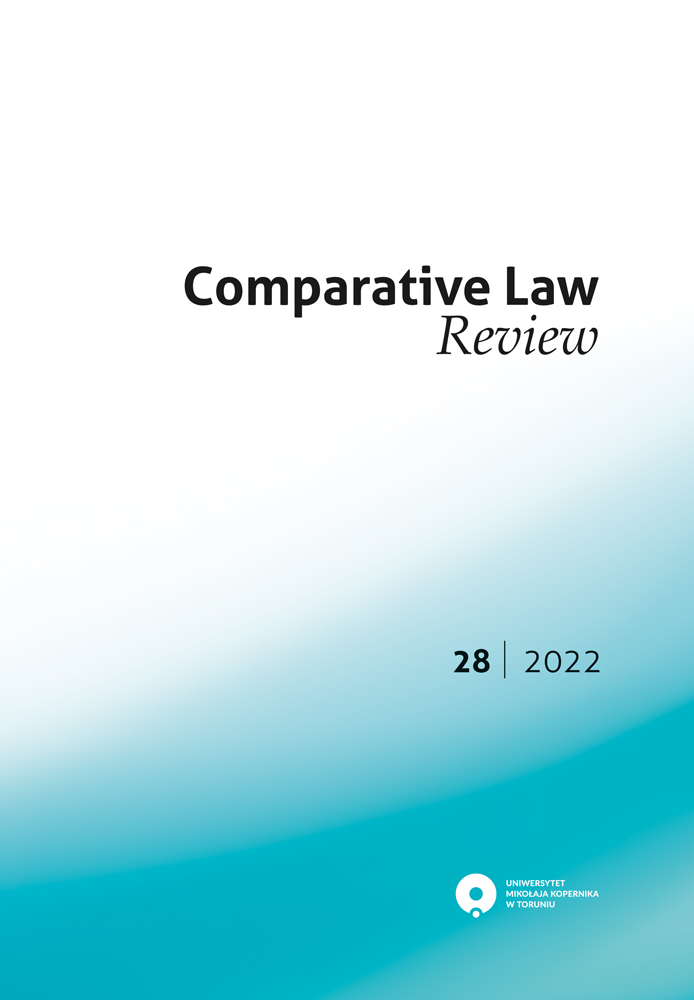The European Dimension to the Constitution of the Republic of Italy
DOI:
https://doi.org/10.12775/CLR.2022.014Keywords
Italian Constitutional Court, Constitution, European integrationAbstract
Italy was one of the countries that signed the Treaty of Rome in 1957, which created the European Economic Community. Despite initial resistance and the numerous difficulties encountered during subsequent years, the choice to commit to Europe was widely shared, becoming irreversibly embedded in the national consciousness. However, whilst other legal systems chose at various stages of their European journey to amend their constitutions by incorporating a European clause, this never happened in Italy. Italy did not change its Constitution as a result of joining the European Economic Community, and has not done so subsequently after becoming part of the European Union with the Maastricht Treaty, following the adoption of the Treaty of Lisbon, nor indeed at any subsequent stage in the process of European integration. It was only in 2001, with the reform of Title V of the Constitution involving changes in the allocation of powers between the state, the regions, and the local authorities, that the expression “Community law” was incorporated into the Constitution. Given the absence of a European clause, the relationship between the Italian Constitution and Europe has been shaped by the Constitutional Court. First and foremost, it interpreted Article 11 of the Constitution, which lays down a generic clause intended to enable the exercise of sovereign powers by international organizations, in such a manner as to bring the European project within its scope. The Constitutional Court developed its case law in its subsequent decisions, even though progress was at times hardfought, and in some cases marked by contradictions; Italy’s cohabitation with Europe was undoubtedly welcome, but this did not mean that it was painless.
Downloads
Published
How to Cite
Issue
Section
License
Copyright (c) 2022 Comparative Law Review

This work is licensed under a Creative Commons Attribution-NoDerivatives 4.0 International License.
Stats
Number of views and downloads: 908
Number of citations: 0



